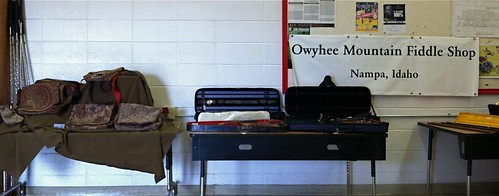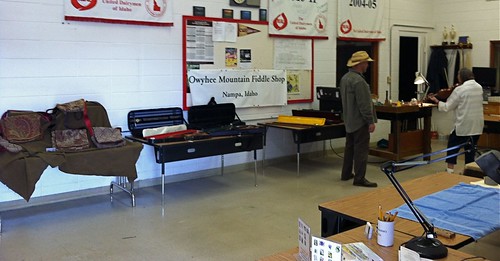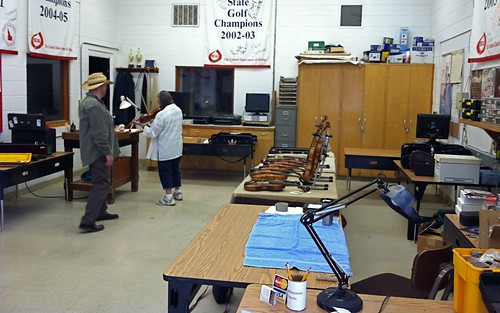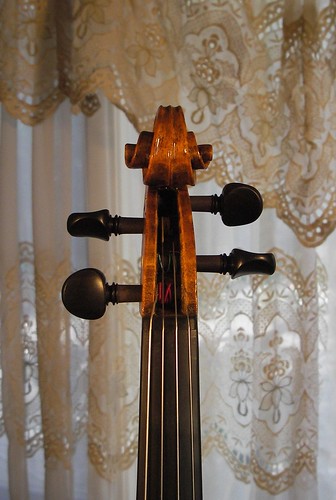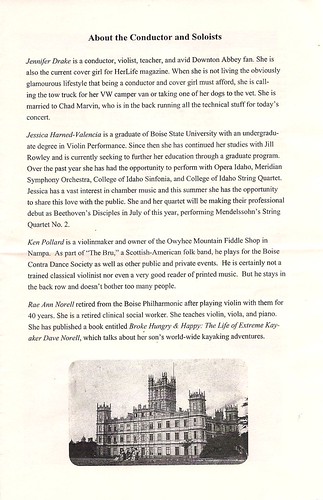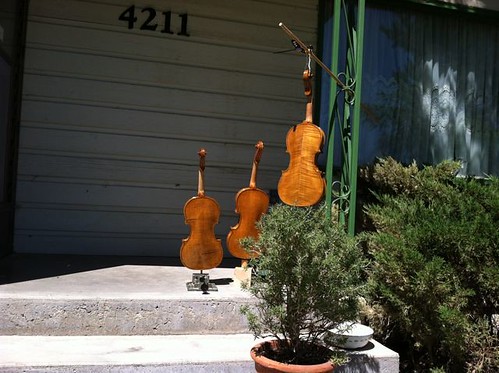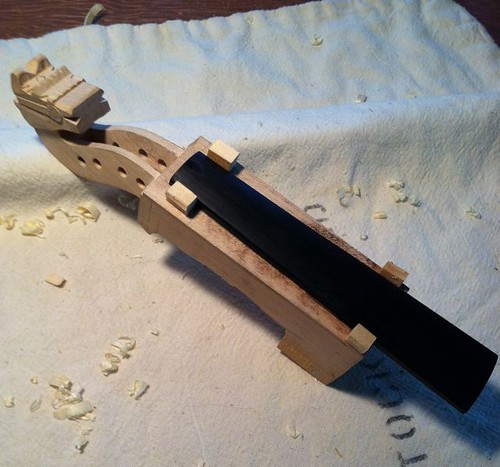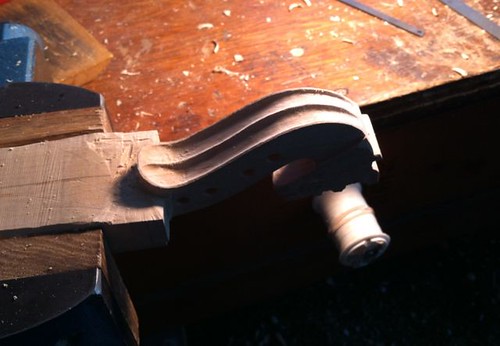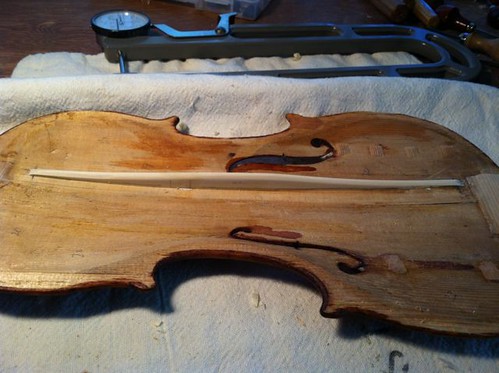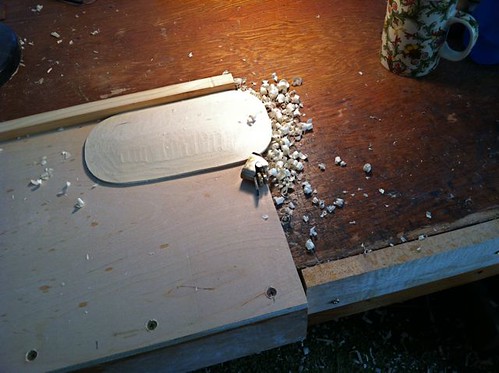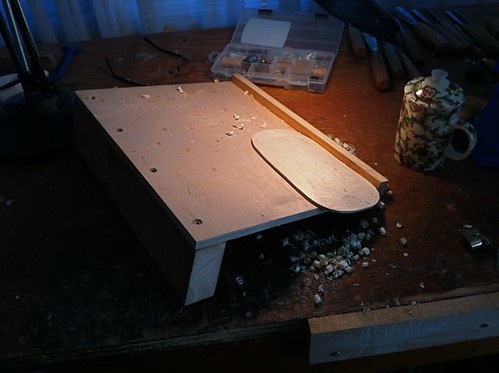In our part of the country, we are seeing many stores closing. I suspect most of these closings are due to internet sales. I think the rate will accelerate.
We spent our week at Weiser this year a little differently. We had very little in the way of commonly available retail items, and, for the first time, I had no music books. In the past, I've spent many hours selling music books there. I enjoy books, and enjoy talking with folks who enjoy books. The problem is, there's no money in it now.
I had my handmade instruments, white instruments I had varnished, and vintage instruments. I offered repairs. Phil had his bows and offered rehairs and repairs. It was a much slower week as far as individual sales, but we did survive.
And how have the economics changed? Here is a cut-out from a flyer I received this morning, advertising a new string being offered by one of my wholesale suppliers.
The list price is the old "manufacturer's suggested retail price." Traditionally, this is what has been used to determine the wholesale price, the price I would pay for the set of strings. In the past, this has been roughly 50%, which in this case would be $35.00. As a "Special Introductory Sale Pricing," the set is being offered to me at 40%, or $28.26.
So what is the MAP? It is the Minimum Advertised Price. That is, it is the lowest price that can be advertised. Note that in the usual wholesale pricing, this is pretty darn close to the usual wholesale price.
With the sales-flyer email still fresh on my computer screen, I went to Amazon.com, and found this right away.
Note that Amazon's price is right at the MAP. Also note the "Prime," which means if you are an Amazon-Prime member, you don't have to pay shipping. I don't get the same deal from my wholesaler unless I buy many, many sets.
Further note the "More Buying Choices" at $31.50, below the MAP. How is this possible? Well, it turns out they are not actually the same strings, but similar. What would the customer choose? Who knows, but the option is there, 24-hours a day, 365 days a year.
What happens if a seller advertises at a price lower than MAP? They get in trouble. What does trouble mean? I don't know. I suspect not much. And note that the MAP is the lowest price a product can be advertised, not the lowest at which it can be sold.
So, how can I make money selling strings? I can't. So, I don't, or at least, not often. I have strings and will sell them, but mainly they are for my own work.
I am in the fortunate situation that I can make my living from repairs and building, lessons, some income from performances, that sort of thing -- all things that are really hard to do easily over the internet.
But, my income depends on other people making money, making a living, too. And there is a huge change happening which I suspect many people are not really aware of. Not a good time to be a brick-and-mortar store or employee.
Lesson: learn how to DO something.




